Bedford is a town in Bedfordshire, England. It is in the east of the country and has a population of around 81,000 people. Bedford Borough is different from the majority of England, as it operates a three tier education system in most of Bedford. This means that schools are arranged in lower, middle and upper schools for different age ranges. However, in recent years, schools in Bedford are slowly moving across to a more conventional two tier education system.
The largest secondary schools in Bedford are Bedford Academy, Bedford Free School, St Thomas More Catholic School and Mark Rutherford School. There is one upper school left; Biddenham Upper School. Four private schools operate in the town such as Bedford Girls’ School and Pilgrim Pre-Preparatory School. In further education, a campus for the University of Bedfordshire is located in Bedford. This campus is home to the schools of Primary Education, Secondary and Further Education, Physical Education, Tourism and Leisure courses and other Sports studies. Bedford College provides education as well as the private college Stella Mann College which focuses on performing arts. The rate of unemployment in Bedford is at 4.3%. This is lower than the national average of England which is 7.6%.
Popular searched areas in and around Bedford include:-
- Ampthill
- Cardington
- Carlton
- Clapham
- Clophill
- Cranfield
- Flitwick
- Gravenhurst
- Greenfield
- Haynes
- Kempston
- Keysoe
- Marston Moretaine
- Millbrook
- Oakley
- Sharnbrook
- Silsoe
- Willington
- Wootton
- Wyboston






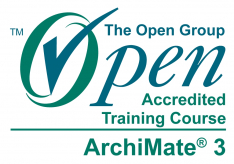

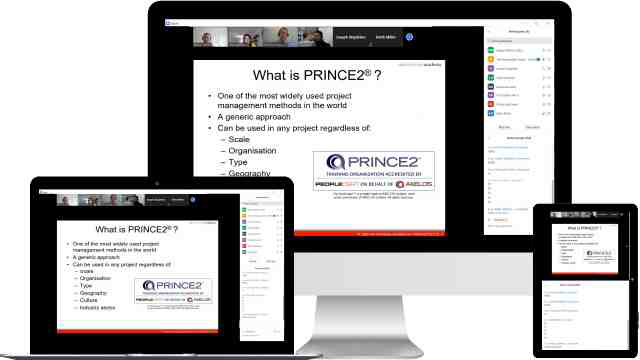
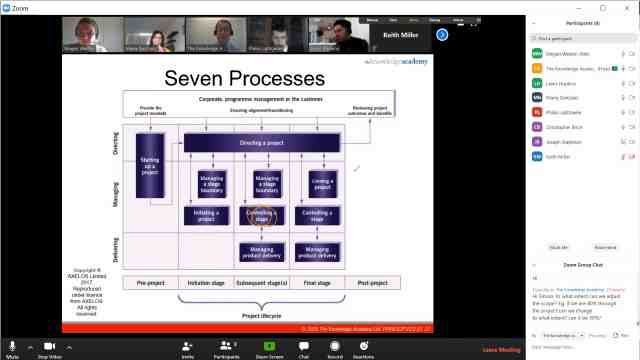
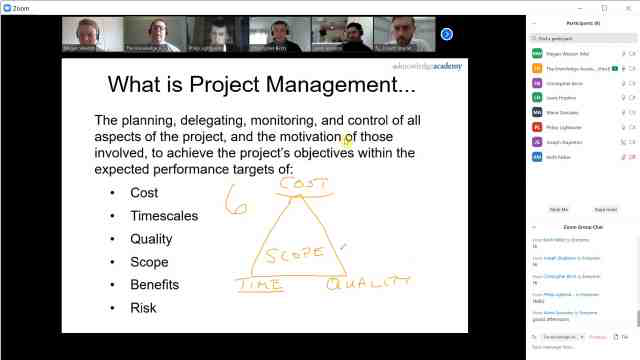

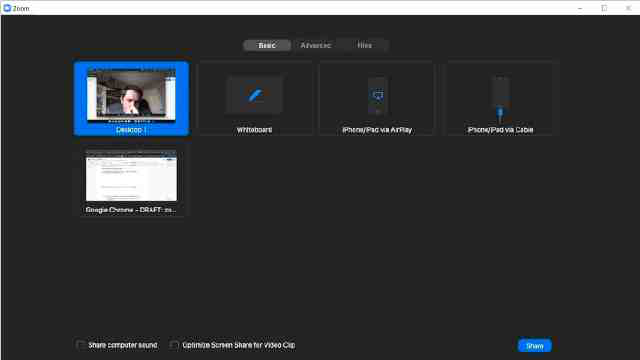




























 Back to course information
Back to course information
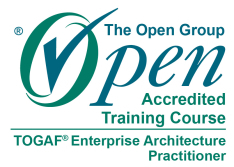





 If you wish to make any changes to your course, please
If you wish to make any changes to your course, please

